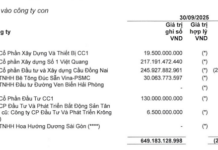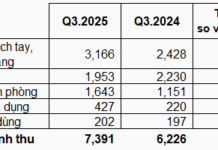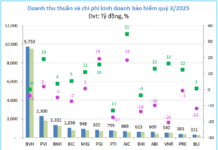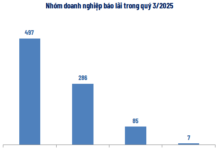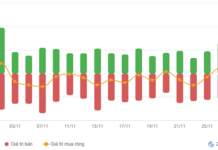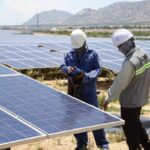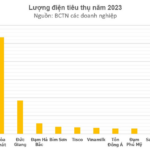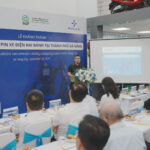Microwaves and ovens are commonplace in many modern households, used for everything from quick reheating to complex cooking. However, due to their high power consumption over short periods, these appliances can rack up a significant electricity bill if not used efficiently. A few simple habits can go a long way in reducing energy costs.

1. Use Appropriate Tools and Safe Materials
For microwaves, only use specialized heat-resistant containers and dishes that are free of metal. Inappropriate materials can cause wave reflection, leading to longer cooking times and increased electricity usage. Ovens, on the other hand, benefit from using trays and molds with good heat conduction (such as thin metal or stainless steel) to reduce cooking durations.
2. Minimize Door Opening
Each time the microwave or oven door is opened, heat or microwaves escape, requiring the appliance to consume more electricity to compensate. It is advisable to check on food through the transparent glass instead of continuously opening the door. This simple habit can save between 5-10% of electricity consumption per cooking session.

3. Thaw Food Naturally Before Heating or Baking
Putting frozen food directly into the microwave or oven increases the cooking time and electricity usage. When possible, allow food to thaw naturally in the refrigerator or at room temperature before cooking. This not only saves electricity but also helps retain the food’s flavor and quality.
4. Utilize Timer and Power Settings
Modern microwaves and ovens come with timer and power adjustment features. Setting the right temperature, power level, and duration prevents unnecessary electricity usage due to overcooking or excessive heat. According to experts, reducing the baking temperature by 10-15°C from the usual still ensures evenly cooked food while saving about 10% of electricity.
5. Prepare Food Efficiently
Cutting food into smaller pieces or dividing portions before reheating in the microwave shortens cooking time. For ovens, preheating should only be done when necessary, and the oven should not be left empty for too long to avoid wasting electricity.
6. Regular Cleaning for Efficient Performance
Grease and grime buildup in microwaves and ovens not only affects the taste of food but also forces the appliances to use more electricity to reach the desired temperature. Regular cleaning every 1-2 weeks helps maintain stable and energy-efficient performance.
7. Utilize Residual Heat
After baking, the oven retains heat for a few minutes. Turning off the oven 3-5 minutes earlier and letting the residual heat finish the job is a clever way to save an additional 5-8% of electricity each time.
8. Choose the Right Appliance for Your Needs
Many families opt for large-capacity ovens despite rarely utilizing their full potential. In reality, bigger ovens consume more electricity. If you primarily use the oven for reheating or cooking small portions, a microwave or a smaller oven will significantly reduce electricity costs.
Microwaves and ovens are undoubtedly convenient, but they can also be energy guzzlers if not used wisely. From thawing food beforehand to utilizing timers and developing the habit of not opening the door too often, each small action contributes to substantial energy savings. In today’s economy, where living expenses are on the rise, these habits not only save money but also promote efficient and sustainable energy usage.
The Nuclear Option: Reviving the Ninh Thuan Project – A Triple Optimized Solution
The revival of the Ninh Thuan Nuclear Power Project is touted as an optimal choice, a triple threat solution: guaranteeing proven technology, swiftly boosting large-scale power supply, and significantly reducing wastefulness by saving time, money, and manpower.
“Empowering the Sustainable Evolution of the Textile and Footwear Industries”
The Memorandum of Understanding between the Ministry of Industry and Trade and IDH on supporting the sustainable development of Vietnam’s textile and footwear industries will enhance the competitiveness of domestic textile and footwear enterprises. It will also contribute to Vietnam’s international commitments on sustainable development and climate change in the coming years.
The Electric Vehicle Battery Exchange System by Selex Motors Expands to Da Nang, Now Available in Four Provinces
Prior to Danang, Selex Motors had established approximately 80 battery-swapping stations across Hanoi, Ho Chi Minh City, and Hue.











